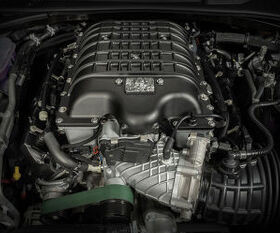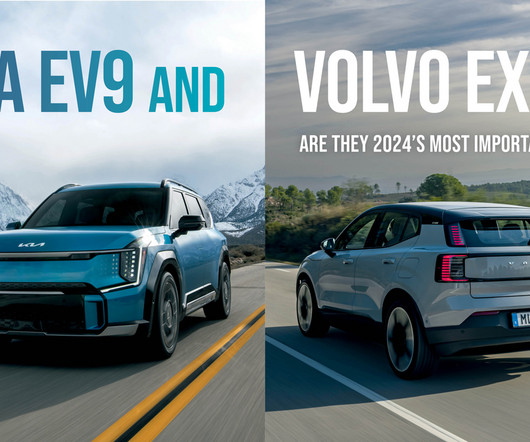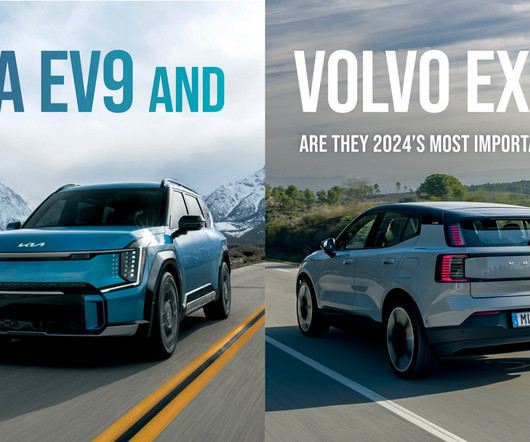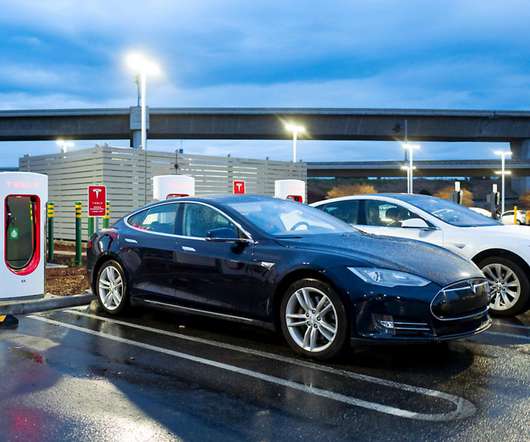Honeywell Global Turbo Forecast projects 49M turbocharged vehicle sales, $12B revenue per year by 2019
Green Car Congress
SEPTEMBER 30, 2014
Automakers are turning to downsized turbocharged engines to satisfy more stringent global fuel economy and emission regulations and customer demand for better-performing vehicles. In addition to improving fuel efficiency, downsized turbocharged engines also reduce harmful exhaust emissions.





















Let's personalize your content